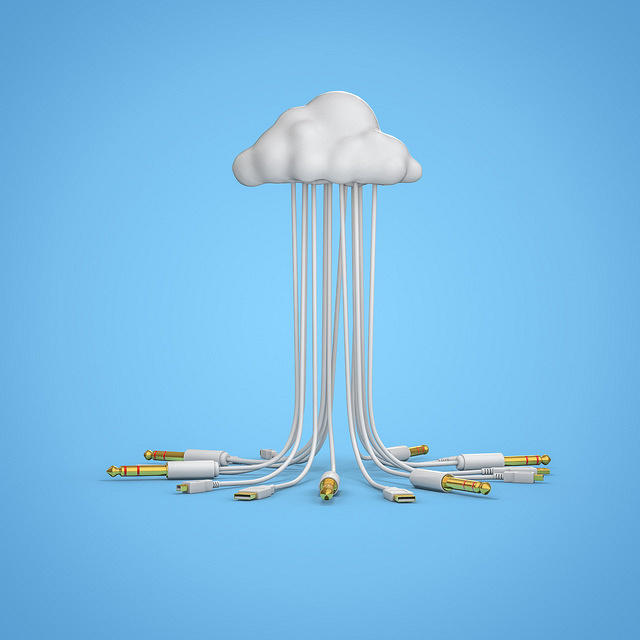Before you migrate to the Cloud Know What you need
For software development companies today, moving from desktop to hosted software is becoming the de-facto standard for many developers. Although some legacy applications can be placed on servers and accessed remotely with ease, other applications require a bit more work. Fortunately by considering a few points, you can ensure that your cloud transition goes through without issue.
Managing Existing Infrastructure
One of the benefits of using SaaS services is that it allows your business to streamline the way customers access their applications, it requires a significant investment in quality equipment to ensure you can handle the load. Rather than blindly adding in new equipment to your server clusters, you need to ensure that you have established procedures to minimize downtime. Although this sounds daunting, it’s a common issue faced by datacenters andSite24x7 has previously published an article on this topic.
Ancillary Applications
One of the biggest challenges with cloud technologies is interoperability between applications. Since most complex systems have multiple components, system administrators need to ensure that the application has the proper permissions to interface with the data they need. Before making the final transition, you should check your support contract with all relevant vendors and that you can establish a routine maintinance cycle to keep everything up to date.
Browser Compatibility
It’s easy to assume your biggest concern with cloud technology lies in ensuring your servers are properly configured, however you can’t neglect considering the end user environment. If your code relies on legacy technologies such as Active X or relies on proprietary browser plugins, then you probably would need to refresh your application before putting it in a hosted setting.
Cost of Resources
Just because you are deploying hosted applications doesn’t mean that you need to use “cloud servers.” Although cloud servers are great for situations where it is difficult to predict the resource usage, in the long run these systems have slightly higher overhead than traditional servers. To help keep your costs in check, you should continuously monitor your resource usage and then use the data to determine a baseline for your standard infrastructure.
If needed, you can always have cloud servers as a fallback but they should always be secondary to your traditional infrastructure.
Always Perform Due Diligence
Before investing in any technology, you should always ensure that it is appropriate for your company. While the success of SaaS software companies might have you aiming to embrace the model, remember that what works for someone else might not work for you.
